Understanding Data Silos: Definition, Challenges, and Solutions
Pickl AI
DECEMBER 25, 2024
Summary: Data silos are isolated data repositories within organisations that hinder access and collaboration. Eliminating data silos enhances decision-making, improves operational efficiency, and fosters a collaborative environment, ultimately leading to better customer experiences and business outcomes.

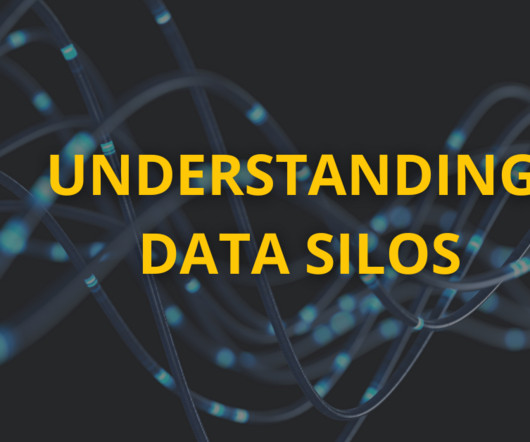


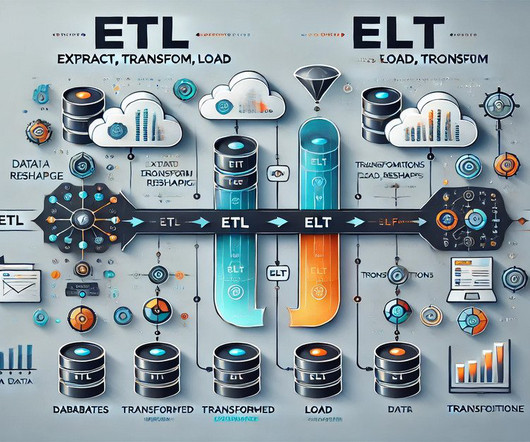


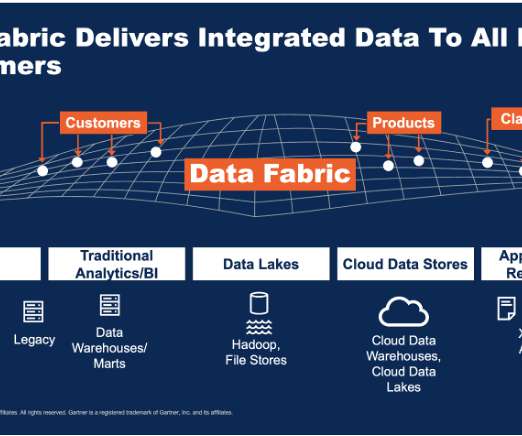
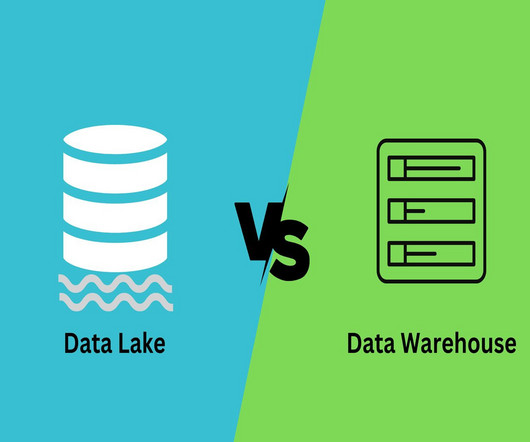
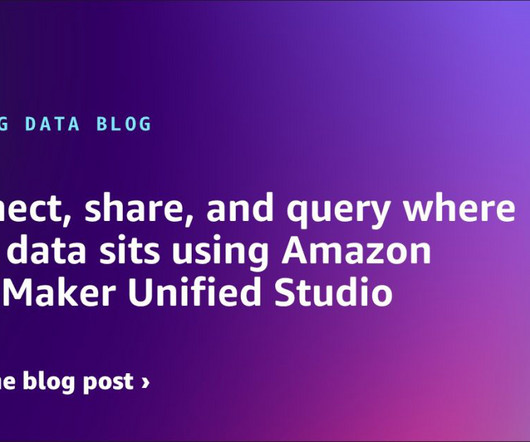






Let's personalize your content